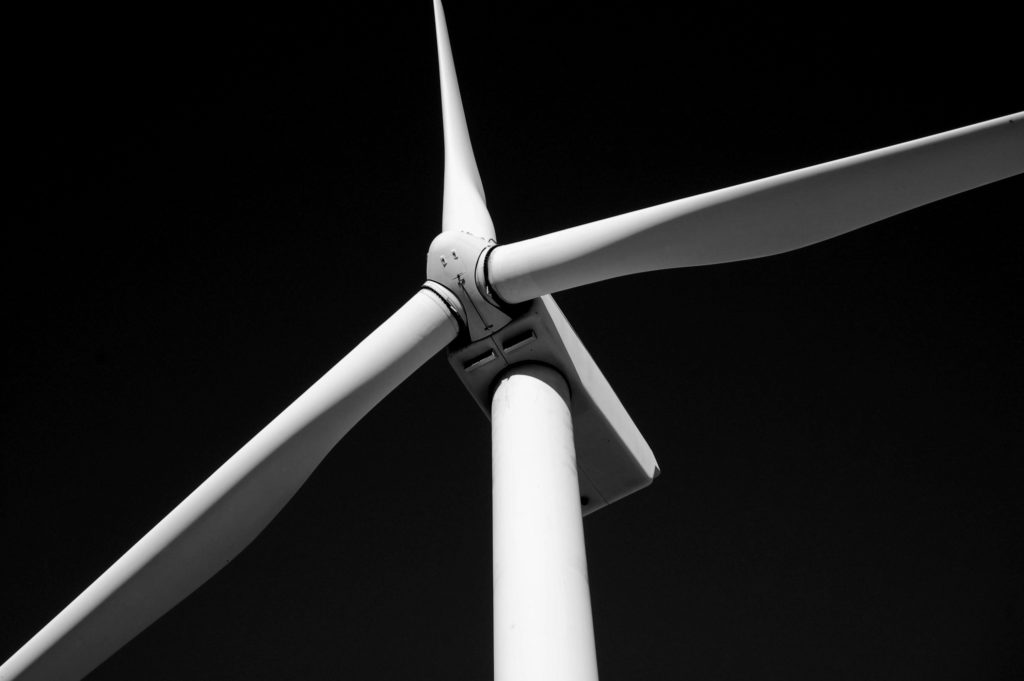Ahead of the Scottish Renewables Onshore Wind Conference 2023, ITPEnergised presents an insights series on our current thoughts for this sector:
Part 1 – An Introduction to our services for onshore wind
Part 2 – Repowering – a call for EPC contractors & an opportunity to colocate
Part 3 – Grid connections for wind and battery developments
Part 4 – New ECU Guidance for wind and battery developments
Part 5 – The techno-economics of wind and battery colocation
To find out more about our Onshore Wind services please contact Peter Lo.
Part 2 – Repowering – a call for EPC contractors & an opportunity to colocate
Many wind turbines in the UK and worldwide are slowly reaching the end of their design lives or are no longer efficient enough by today’s standards. ‘Repowering’ is the relatively new buzz term and idea of replacing old plants with newer, bigger and fewer wind turbines but re-using the existing civils and electrical infrastructure.
In summary, a repowering project can be regarded as a new development with the addition of the decommissioning of the existing plant, so the necessary planning as well as execution should not be underestimated. However to achieve net zero in a timely fashion, repowering along with new developments and newer technologies unlocking previously unviable sites are part of the solution needed. Some repowering considerations from our client work in this area are highlighted below:
Planning considerations
More powerful turbines will likely mean higher tip heights which will mean obtaining a new planning consent. In our experience, for most Local Planning Authorities (LPA) repowering will require an all-new application, with the small benefit of the principle of the development having already been established. But a bigger turbine will also require new studies for landscape and visual impact, heritage studies, at least an update on ecology, potentially some geology/hydrology, noise and shadow flicker. Even with same size turbines, it is likely that the LPA will want new data to support the application.
Civil works
The civils will require thorough due diligence. The foundations will likely need to be removed and repoured so they can support new bigger turbines. The crane pads will require renewing to support a larger crane to construct taller turbines. We have to assume a new access and transport route as a bigger turbine will mean longer blades and heavier components. Any existing access tracks will likely require at least upgrading or replacement to support the new higher loads.
Electrical works
In addition to the civil works, we also need to consider the electrical balance of plant. It will be unlikely that existing cables and transformers can be continued to be of use due to potential changes in capacity. These will need to be removed and replaced.
Liaison with the Distribution Network Operator (DNO) is vital as most grid connection agreements have a requirement to notify the DNO of any changes in the generating equipment, even if the new capacity will be the same as before. In our experience, early engagement with the DNO is vital for successful planning and execution. There may be a requirement for additional protection to limit the export to the grid, but it can be very difficult to find contractors with this capability.
Accreditation
Any existing Ofgem accreditation requires updating and acceptance by Ofgem – the guidance on their website is more or less clear, however, liaison as early as possible is important to ensure they will accept these changes, or the accreditation may be revoked which would be detrimental to any project.
Supply chain tightening
The lack of support by the UK government for new onshore wind developments in recent years until Contracts for Difference Allocation Round 4 has caused long gaps between new projects, resulting in lower demand, lower than what is necessary to achieve net zero, and therefore supply.
The supply chain available for such projects is tightening and contractors that can support repowering are sought after but challenging to find. The old Feed-in-Tariff structure meant that many of the older installations will be single wind turbines with a capacity of up to 500 kW but current availability for the new single turbine market is tight.
Achieving Net Zero
The rapid deployment of renewables has a critical role to play. The UK will need to be entirely powered by clean energy by 2035, just over a decade from now, which will require substantial momentum to be achieved in the decarbonisation of our energy system and to mitigate the serious consequences of planetary climate change.
However, to achieve net zero, it is clear we need a combination of new developments, newer technologies unlocking previously unviable sites and the repowering of old sites.
An Opportunity to Improve Returns
We are aware of the general market trend to repower existing onshore wind farms as colocated projects to improve returns and optimise the potential of the land and grid connection. This can be through adding a battery storage project, solar PV or green hydrogen, or a combination of all these technologies with onshore wind. These can help to increase the project returns on the site compared to a standalone onshore windfarm and help to release more value from the substantial development effort necessary with any repowering project. We discuss this opportunity from a grid perspective in Part 3, a policy perspective in Part 4 and the techno-economics in Part 5.
A call for EPC Contractors
We have been searching for contractors with onshore wind Engineering, Procurement and Construction (EPC) capabilities around repowering, and we hope this article will reignite interest. There is new increased client demand for repowering studies, services and execution.
If you are interested in learning more about our Repowering technical services or supporting us as an EPC contractor, then please get in touch with Sara Schreib, Principal Consultant and Asset Management Lead at sara.schreib@itpenergised.com

